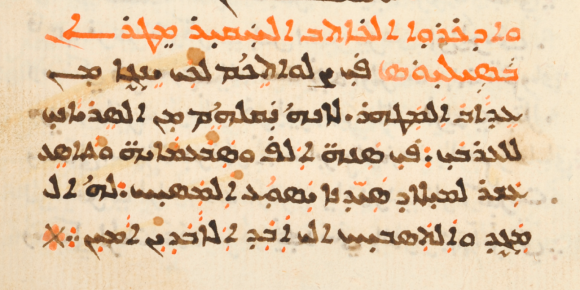 Aliyari Babolghani, Salman. 2015. The Elamite Version of Darius the Great’s Inscription at Bisotun. Introduction, Grammar of Achaemenid Elamite, Transliteration, Persian Translation, Comparison with other Versions, Notes and Index. Tehran: Nashr-e Markaz.
Aliyari Babolghani, Salman. 2015. The Elamite Version of Darius the Great’s Inscription at Bisotun. Introduction, Grammar of Achaemenid Elamite, Transliteration, Persian Translation, Comparison with other Versions, Notes and Index. Tehran: Nashr-e Markaz.
The monumental inscription of Behistun “‘place where the gods dwell”, engraved on a cliff about 100 meters off the ground, is located along the road that connected the capitals of Babylonia and Media, Babylon and Ecbatana (modern Hamadan). The relief represent the victory of Darius I. the Great, King of Persia over the usurper Gaumāta and the nine rebels. The scene is surrounded by a great trilingual inscription in Old Persian, Elamite, and Babylonian.
This Behistun inscription is the most important document of the entire ancient Near East and a major key to understanding its languages. It alone made it possible to decipher cuneiform writing and thus to open the door to previously totally unknown ancient civilizations.
The inscription was first studied in 1835-37, 1844, and 1847 by Henry C. Rawlinson was the first scholar who studied the inscription in 1835-37, 1844, and 1847; he edited the Old Persian and Babylonian versions of the text himself, while the Elamite version to Edwin Norris (Norris, Edwin. 1855.
Memoir on the scythic version of the Behistun inscription.
Journal of the Royal Asiatic Society 15. 1–213). Up to now, for the Elamite text one still has to rely on Weissbach’s edition and translation of 1911 (Weissbach, Franz Heinrich. 1911.
Die Keilinschriften der Achämeniden. Leipzig: J.C. Hinriches’sche Buchhandlung), or the German translation of the original Elamite text (Hinz, Walther. 1974.
Die Behistan-Inschrift des Darius in ihrer ursprünglichen Fassung. Archäologische Mitteilungen aus Iran NS. 7. 121–34.), while consulting more recent Elamite studies, mostly scattered around in journals. The last edition of the inscription was done by
Grillot-Susini/
Herrenschmidt/
Malbran-Labat (
Grillot-Susini, F., C. Herrenschmidt, & F. Malbran-Labat. 1993. “La version élamite de la trilingue de Behistun: une nouvelle lecture.” Journal Asiatique 281:19-59).
The current book in 268 pages, consists of a transcription of the Elamite version of the inscription together with its Persian translation. It is followed by a chapter on the comparison of the Elamite version with Old Persian, Babylonian and Aramaic versions of the inscription. A comprehensive chapter on Elamite grammar (Writing System, Phonology, Morphology and Syntax) as well as a Glossary and additional notes and index complete the volume.
About the Author:
Salman Aliyari (PhD) is a Tehran based scholar of Ancient Iranian culture and languages, with special focus on Achaemenid Elamite language.
In Original:
علییاری بابلقانی، سلمان. ۱۳۹۴. تحریر ایلامی کتیبهی داریوش بزرگ در بیستون. پیشگفتار، دستور ایلامی هخامنشی، حرفنویسی، ترجمه، مقابله با تحریرهای دیگر، یاداشت و واژهنامه. تهران. نشر مرکز.
Alīyārī Babolqāni, Salman. 1394š. Taḥrīr-e ʾīlami-ye katibe-ye dāryuš-e bozorg dar bisotūn. Tehrān: našr-e markaz.


 Aliyari Babolghani, Salman. 2015. The Elamite Version of Darius the Great’s Inscription at
Aliyari Babolghani, Salman. 2015. The Elamite Version of Darius the Great’s Inscription at 

 Sims-Williams, Nicholas (ed.). 2015.
Sims-Williams, Nicholas (ed.). 2015. 
 Sims-Williams, Nicholas, Martin Schwartz & William J. Pittard (eds.). 2014.
Sims-Williams, Nicholas, Martin Schwartz & William J. Pittard (eds.). 2014.  Peacock, Andrew C. S. & D. G. Tor (eds.). 2015.
Peacock, Andrew C. S. & D. G. Tor (eds.). 2015. 